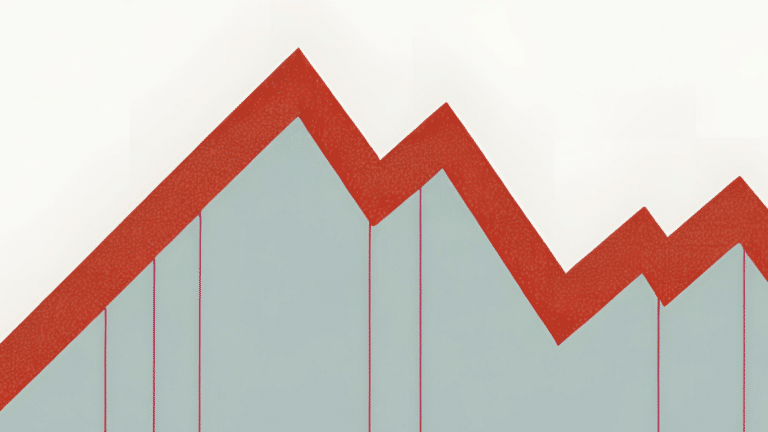China Halts U.S. LNG Imports Amid Tariff War
China has ceased importing liquefied natural gas from the United States since early February, as the ongoing tariff war impacts energy trade.
Current Access Level “I” – ID Only: CUID holders, alumni, and approved guests only
Reports by , , • July 17, 2018
The potential for utilizing a federal carbon tax to address the risks of climate change has been discussed in U.S. policy debates on both sides of the aisle. Under a carbon tax, consumers and producers would account for the costs of climate change in their decision making. The policy would reduce greenhouse gas emissions without sacrificing the efficiency of private markets.
This paper, part of the Carbon Tax Research Initiative of Columbia University’s SIPA Center on Global Energy Policy, comprises the second element of a two-part analysis of the effects of a federal carbon tax. It provides an up-to-date (inclusive of the Tax Cuts and Jobs Act of 2017) analysis of the short-run and long-run macroeconomic effects and intergenerational and intragenerational distributional effects of a federal carbon tax in the United States.
The analysis simulates the effects of various carbon taxes using the Diamond-Zodrow (DZ) dynamic overlapping generations computable general equilibrium model under a variety of assumptions regarding tax rates and with three revenue-neutral uses for carbon tax revenue:
Results for a benchmark carbon tax that starts at $50/ton are summarized as follows:
This paper follows a long literature assessing the economic impacts of carbon pricing and the potential for such policies to increase societal welfare, even before accounting for the benefits of emissions reductions (known as achieving a second or “double dividend,” in addition to the “ first dividend” of an improvement in environmental quality). Our results suggest a double dividend is perhaps more achievable than previous studies have indicated, and we identify unique features and drawbacks of the DZ model that may be causing these differences. In particular, the finding that a carbon tax with debt reductions followed by rebates can increase GDP growth while disproportionately bene ting low income households is new to the literature.
This Energy Explained post represents the research and views of the author. It does not necessarily represent the views of the Center on Global Energy Policy. The piece...

This Energy Explained post represents the research and views of the author. It does not necessarily represent the views of the Center on Global Energy Policy. The piece...

This Energy Explained post represents the research and views of the author. It does not necessarily represent the views of the Center on Global Energy Policy. The piece...

Full report
Reports by , , • July 17, 2018